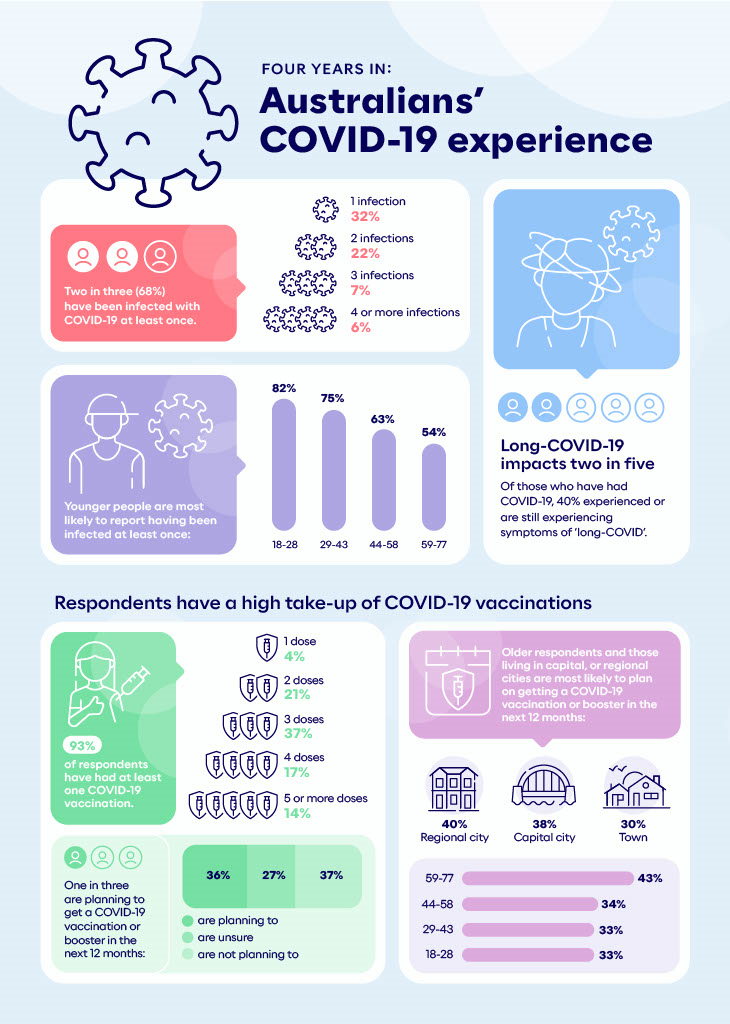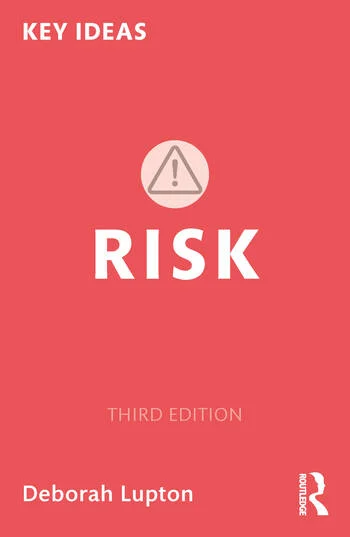
In my last blog post, I wrote about some concepts that are driving my latest ideas about futures-thinking methods. In the next few posts, I’ll build on this to discuss some further inspirations for developing these methods. This blog post considers how different disciplines can come together to develop powerful futures-thinking research methods, drawing on modern archaeology and history as an inspiration.
I have been fascinated by history all my life and remain a keen reader/podcast listener of history from all periods, including prehistory. From this, I am learning that contemporary historical and archaeological research is expanding into intriguing interdisciplinary collaborations with scientists. Archaeologists have always employed sophisticated scientific methods for dating material culture artefacts and organic remains from humans and other living things together with the geographical and geological contexts in which they are found. Radiocarbon dating is one example that has been in use since the 1940s.
Now developments in techniques for analysing ancient DNA are offering new insights: for example, into the migration patterns of human species globally or how climate change over millennia has had an impact on humans. Advances in site excavation science such as Ground-Penetrating Radar and Light Detection and Ranging technologies allow for non-invasive investigations to help discover and map the locations of artefacts, ancient buildings and other structural ruins, burial sites and the like. Scientific data from these investigations are combined with analysis of written, arts-based and other textual artefacts, existing historical accounts and the insights offered by biological and cultural anthropology to generate new knowledge about the biological makeup and cultures of humans across eras since prehistoric times.
As archaeologist Davide Zorie puts it in his recent book about Viking history, bringing together techniques from humanities and social sciences with scientific methods advances archaeological research in the following ways. It can confirm findings from across datasets, identify contradictions that need examining or resolving, and complement findings, thereby mutually enriching the narratives told from each set of data/technique alone.
How do these techniques relate to interdisciplinary futures-thinking? Well, if we want to really push the boundaries in future-thinking methods, contemporary archaeology and history techniques offer a wonderful example. Researchers who use data-driven modelling and forecasting techniques, for example, typically pull in information from many different sources – but not often from the humanities or the more qualitative and interpretive side of social inquiry. Those who are interested in going beyond a human-centric focus in generating ideas for more-than-human futures can consider how insights from archaeology, history and the natural sciences can be incorporated into these imaginaries. Researchers engaging in speculative thinking who use approaches from the humanities could consider how AI techniques can be used as part of futures world-building.
One example I came across recently is the DATALAND digital art installations led by the Refik Anadol Studio. The studio uses what they call ‘the Large Nature Model’, an open source generative AI model that is trained on datasets about the natural world derived from the internet as well as from museums, universities and other research archives. These datasets combine nature-related sounds, images, scents, textures and climates measures to create a dynamic platform – a ‘living archive’ – of interactions between ecosystems as a form of multi-sensory storytelling.
The possibilities for creative future-thinking techniques and applications are endless, really …









